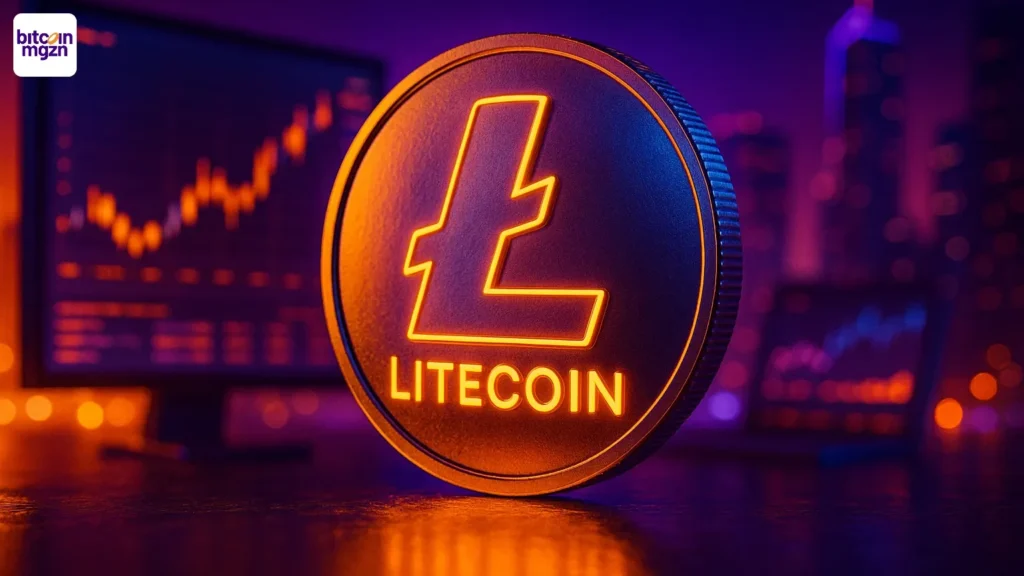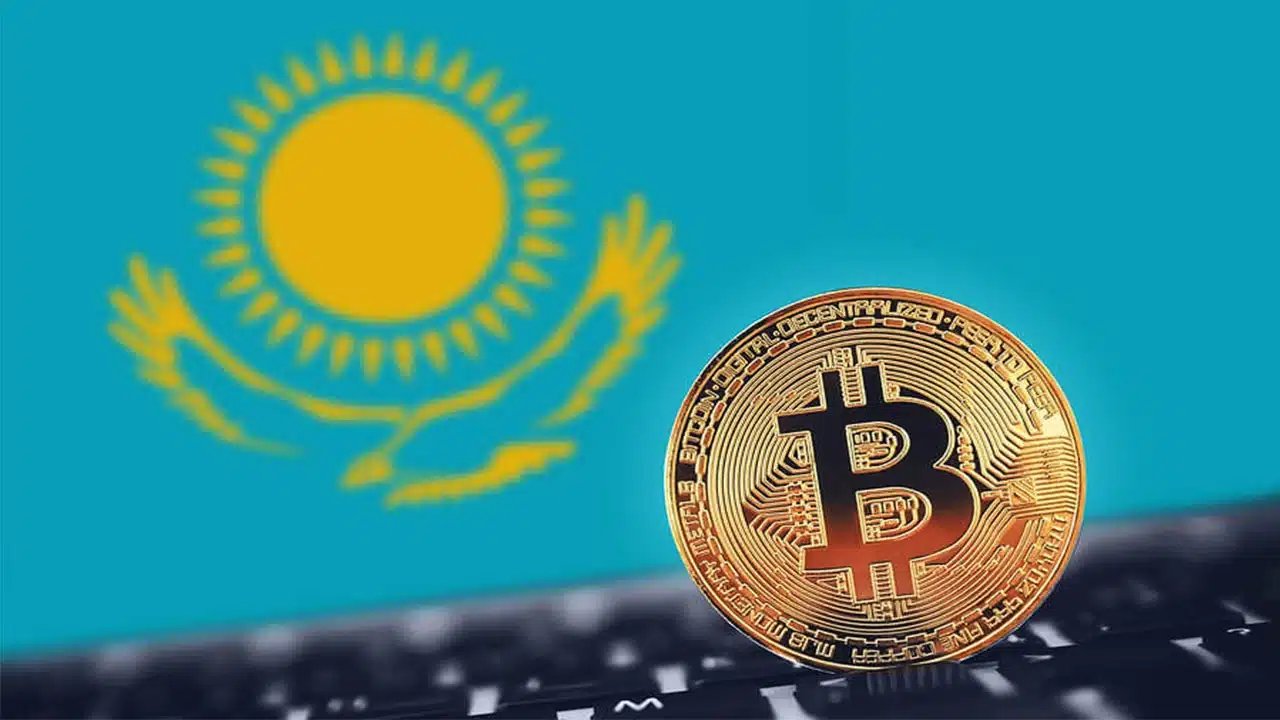YouTube’s revised gambling policy, effective November 17, 2025, initially raised concerns that NFT and Web3 gaming content might be classified as gambling violations.
This policy update is in response to growing advertiser concerns about gambling-related content and addresses the evolving value of digital goods. While Web3 creators remain wary of potential impacts on monetized content, YouTube aims to balance regulation with creator freedom.
Sponsored
Sponsored
YouTube Policy Update Sparks Crypto Creator Concerns
On October 28, 2025, YouTube announced major updates to its Community Guidelines to enhance its management of online gambling and graphic violence in gaming.
The new policy bars content that directs viewers to uncertified gambling sites or applications. Importantly, it now includes gambling involving digital goods, such as video game skins, cosmetics, and non-fungible tokens (NFTs).
This announcement quickly generated concern among NFT and Web3 gaming creators. Many worried that the updated guidelines would ban content showcasing blockchain-based digital assets, which play a crucial role in the gaming NFT market.
Research shows that gaming NFTs reached a $4.8 billion valuation in 2024, with expected annual growth of 24.8% through 2034.
Creator LeevaiNFT voiced frustration on X (Twitter), describing the policy as harmful to Web3 gaming and Counter-Strike skins. His post captured the sentiment among creators who rely on YouTube to share and discover NFT content.
The main issue for creators is how YouTube will distinguish between “promoting” digital goods and simply displaying them in content.
Sponsored
Sponsored
The uncertainty over enforcement has introduced new risks for those who rely on crypto and Web3 gaming videos for monetization.
YouTube Clarifies Boundaries for NFT and Gaming Content
After receiving feedback, a YouTube spokesperson clarified to the media that:
- Showing video game skins or NFTs is still permitted under the new rules.
- The critical factor is whether content promotes casino-style gambling or promises financial returns.
- Educational videos, gameplay showcases, or discussions on blockchain technology that do not guide users to gambling platforms are outside the policy’s reach.
- YouTube will place age restrictions on social casino-style content, even if no real value is exchanged.
- Videos uploaded before November 17, 2025, that breach the new guidelines may be removed or age-restricted, but affected accounts will not receive strikes.
- Creators have been encouraged to use YouTube’s editing tools to ensure compliance before the deadline.
YouTube’s targeted enforcement focuses on content that encourages gambling using digital goods with real-world value, such as third-party sites where skins or NFTs are wagered in casino-like games.
Sponsored
Sponsored
The UK government’s September 2025 review on skins gambling supported regulatory oversight for in-game items with tradable, real-world value.
Meanwhile, Google’s system separately allows certified gambling operators to advertise under region-specific requirements. This creates additional complexity, and some creators argue that legitimate gambling advertisers are favored while independent creators encounter stricter controls.
Advertiser Pressure and the Future of Web3 Content
Several users have linked the update to advertiser demands, rather than a targeted move against crypto. One user on X reasoned that disabling monetization could resolve issues. This comes as large advertisers object to their ads running alongside gambling-related videos.
Sponsored
Sponsored
This perspective matches broader industry trends. Platforms now face increased pressure to ensure brand safety, especially around content that deals with unregulated or high-risk financial activity.
However, creators who consistently produce high-quality Web3 and gaming content see the policy as significant for their monetization strategies.
LeevaiNFT recognized the influence of advertisers but questioned the fairness toward creators who produce legitimate content. He also scrutinized whether YouTube monetization is worth the additional regulatory challenges, especially when platforms like TikTok might offer more flexibility.
As the November 17, 2025, enforcement date approaches, Web3 creators must decide whether to adapt their content, try other platforms like TikTok, or risk losing monetization.
While creators have some guidance, uncertainty around enforcement continues to present challenges for the community.
Source: https://beincrypto.com/youtube-nft-web3-gaming-policy-update/


